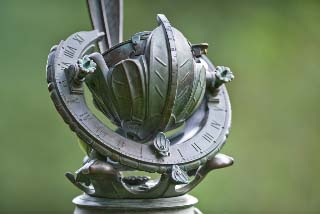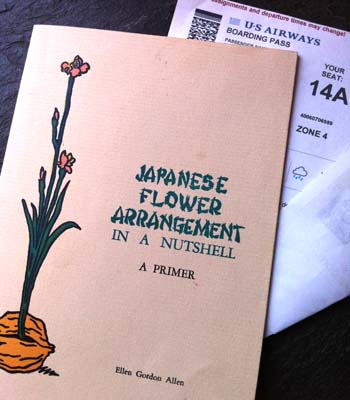My first encounter with a Karesansui garden was at the Huntington Library/Botanical Gardens in San Marino, California. I’ve had some question marks over my head ever since.
Karesansui gardens are those made up of light colored gravel or sand, with some larger rocks in situ. You’ll probably see linear effects made by a wooden rake. The fine gravel is immaculately clean.
When these staged scenes are encountered they offer a sense of calm and contemplation. So I thought it would be a tranquil afternoon learning about this type of garden. Peace was not to be had—conflict was.
There is much complex information about this type of garden, much theorized and debated symbolism, philosophical attitudes, and age-old historical reference to explore.
To boot, there is controversy about the term we wantonly use today—‘Zen Garden.’ How we often use the term may not be culturally consistent with the origins. And take note that we must not bandy about the terms ‘contemplation’ and ‘meditation’ when we speak of the Karesansui. (more…)






